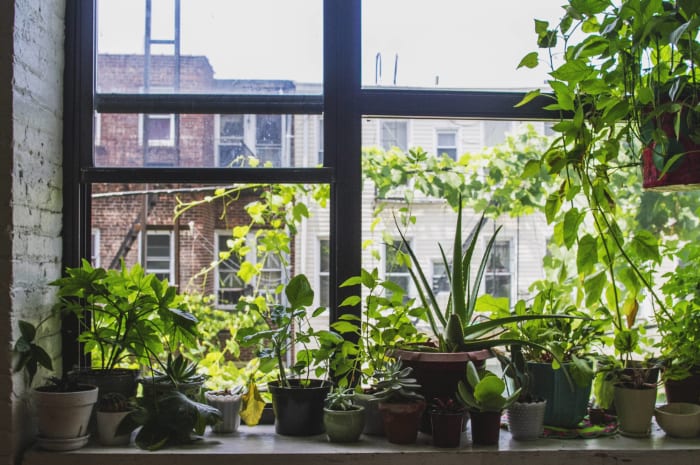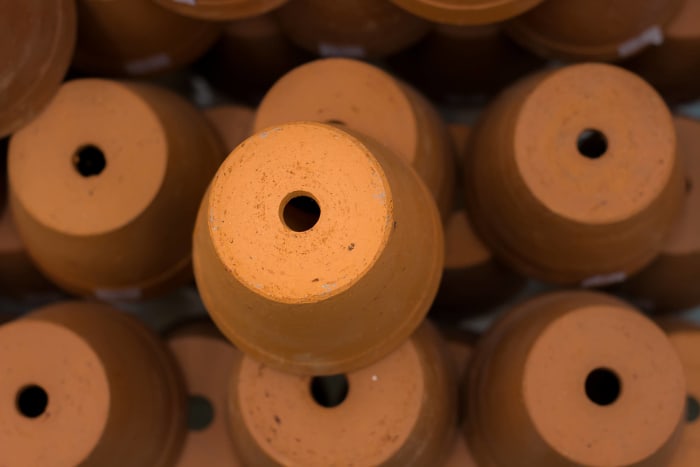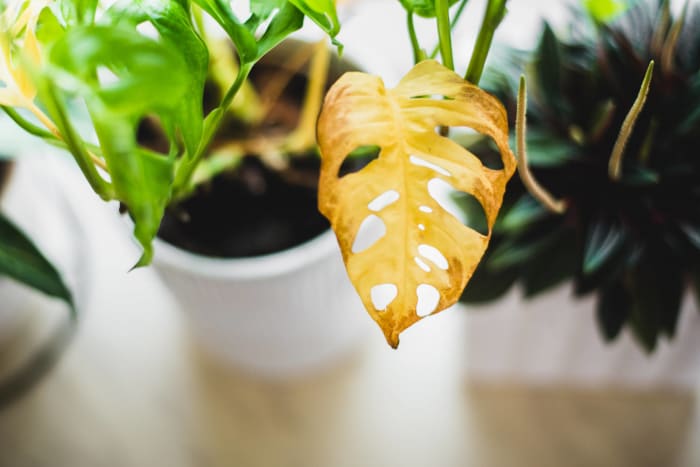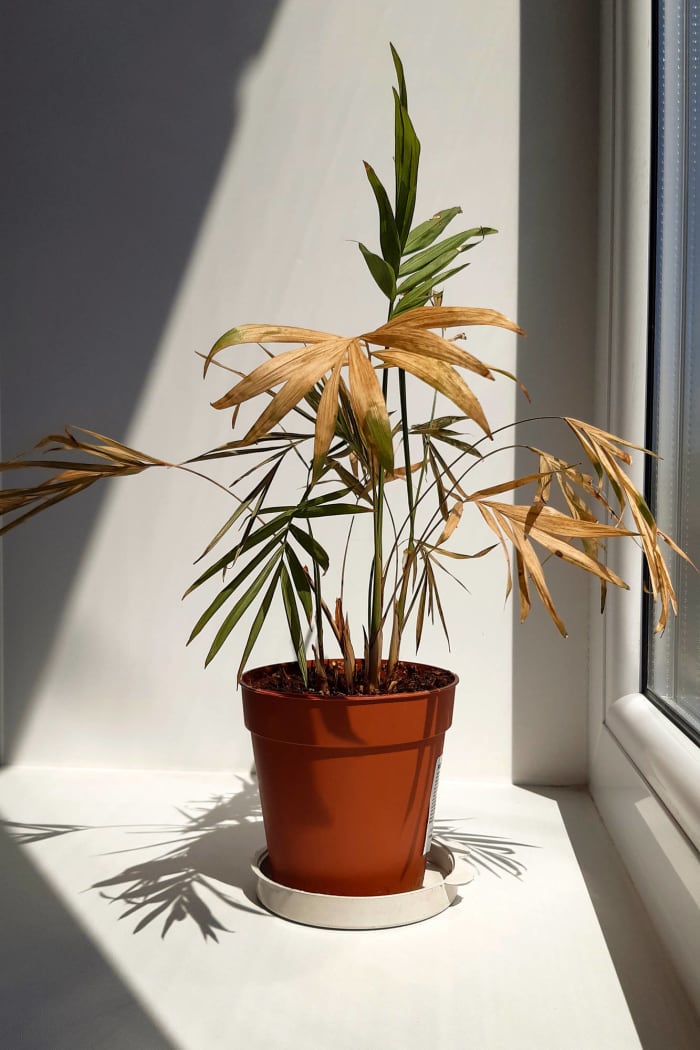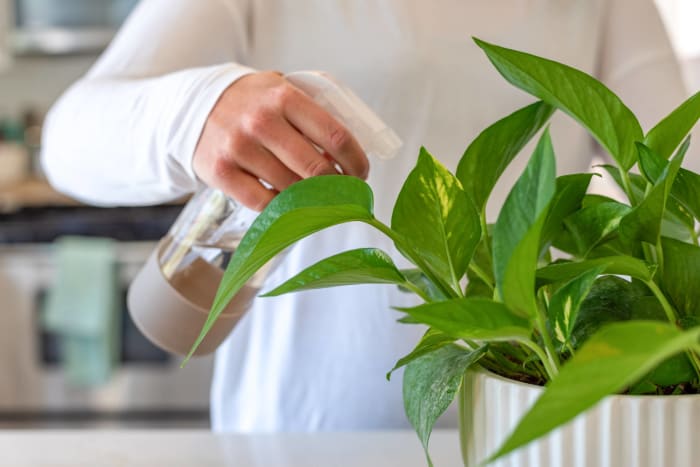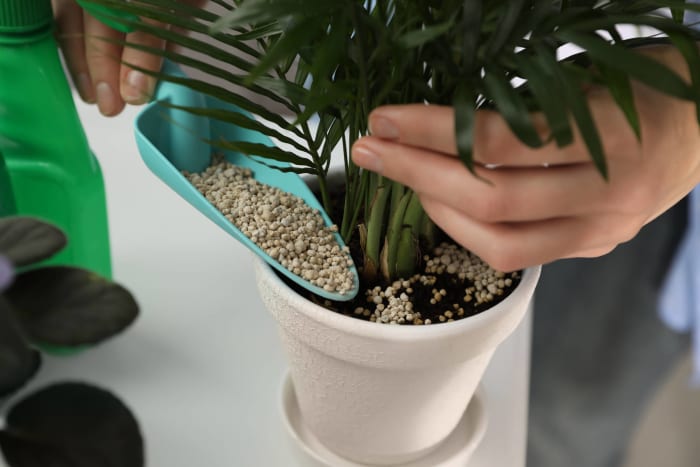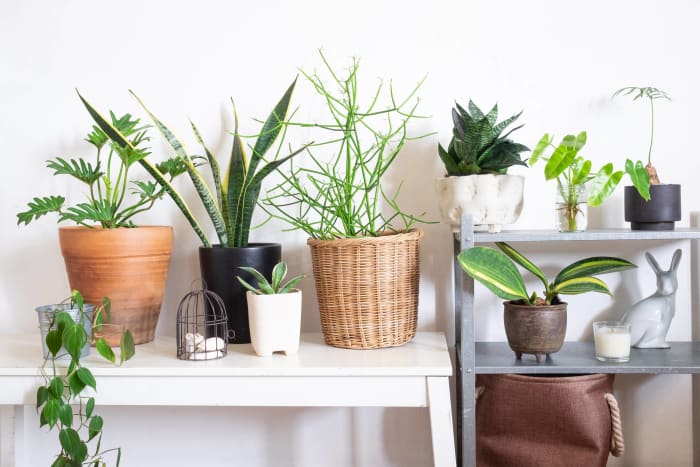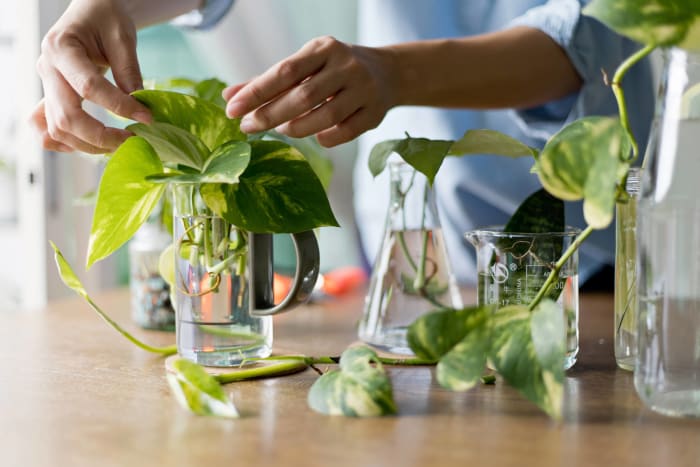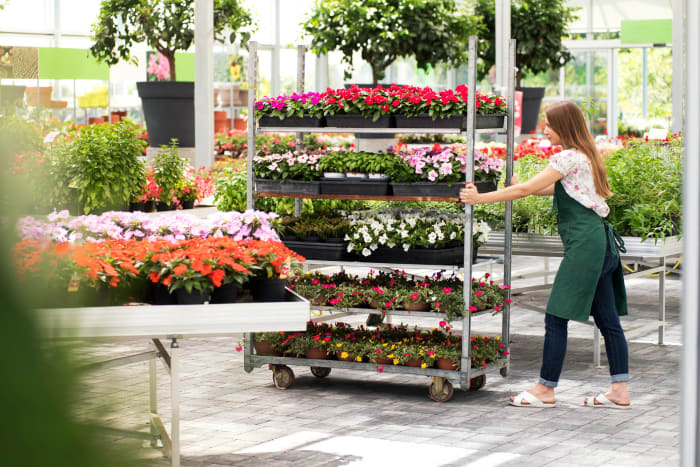x
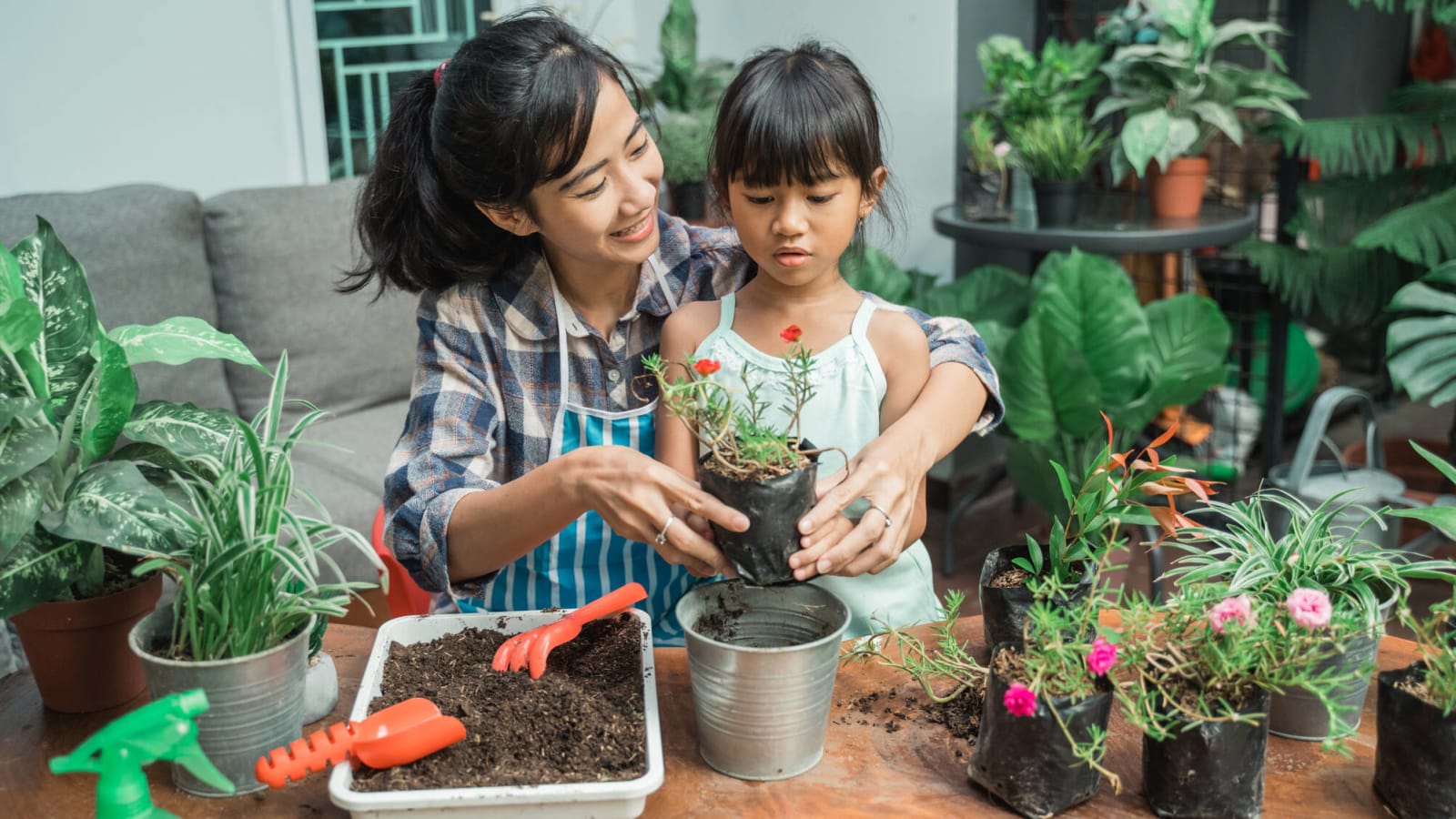
Shutterstock
20 tips and tricks for new plant parents
For folks who have a total brown thumb or just don't have any experience growing their own plants, the wide and wonderful world of foliage can definitely be intimidating.
New plant parents, take heed: growing houseplants isn't nearly as difficult as it seems. Flip through the slideshow below for 20 essential tips and tricks for growing plants, ranging from how to fertilize and water to fun ideas for plant containers and more.
More must-reads:
- A serious of unfortunate events: How Michigan went from top of the world to rock bottom
- Braves building elite pitching staff with signing of Robert Suarez
- The 'Oldest 4,000-passing-yard seasons' quiz
Breaking News
Trending News
Customize Your Newsletter
 +
+
Get the latest news and rumors, customized to your favorite sports and teams. Emailed daily. Always free!


